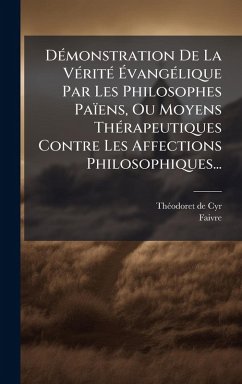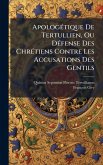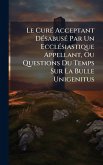Démonstration De La Vérité Évangélique Par Les Philosophes Païens, Ou Moyens Thérapeutiques Contre Les Affections Philosophiques... by Théodoret de Cyr and Faivre, is a profound exploration of early Christian apologetics. This historical work delves into the intersection of Christian theology and pagan philosophy, offering a unique perspective on the intellectual landscape of the early Church. Théodoret's text seeks to demonstrate the truth of the Gospel through the lens of classical philosophy, providing therapeutic means against philosophical affections and defending the Christian faith against contemporary intellectual challenges. A valuable resource for scholars and readers interested in the history of Christian thought, early Church Fathers, and the interaction between faith and reason, this volume offers insights into the methods used to articulate and defend Christian beliefs in a world steeped in classical traditions. This work has been selected by scholars as being culturally important, and is part of the knowledge base of civilization as we know it. This work was reproduced from the original artifact, and remains as true to the original work as possible. Therefore, you will see the original copyright references, library stamps (as most of these works have been housed in our most important libraries around the world), and other notations in the work. This work is in the public domain in the United States of America, and possibly other nations. Within the United States, you may freely copy and distribute this work, as no entity (individual or corporate) has a copyright on the body of the work. As a reproduction of a historical artifact, this work may contain missing or blurred pages, poor pictures, errant marks, etc. Scholars believe, and we concur, that this work is important enough to be preserved, reproduced, and made generally available to the public. We appreciate your support of the preservation process, and thank you for being an important part of keeping this knowledge alive and relevant.
Bitte wählen Sie Ihr Anliegen aus.
Rechnungen
Retourenschein anfordern
Bestellstatus
Storno








